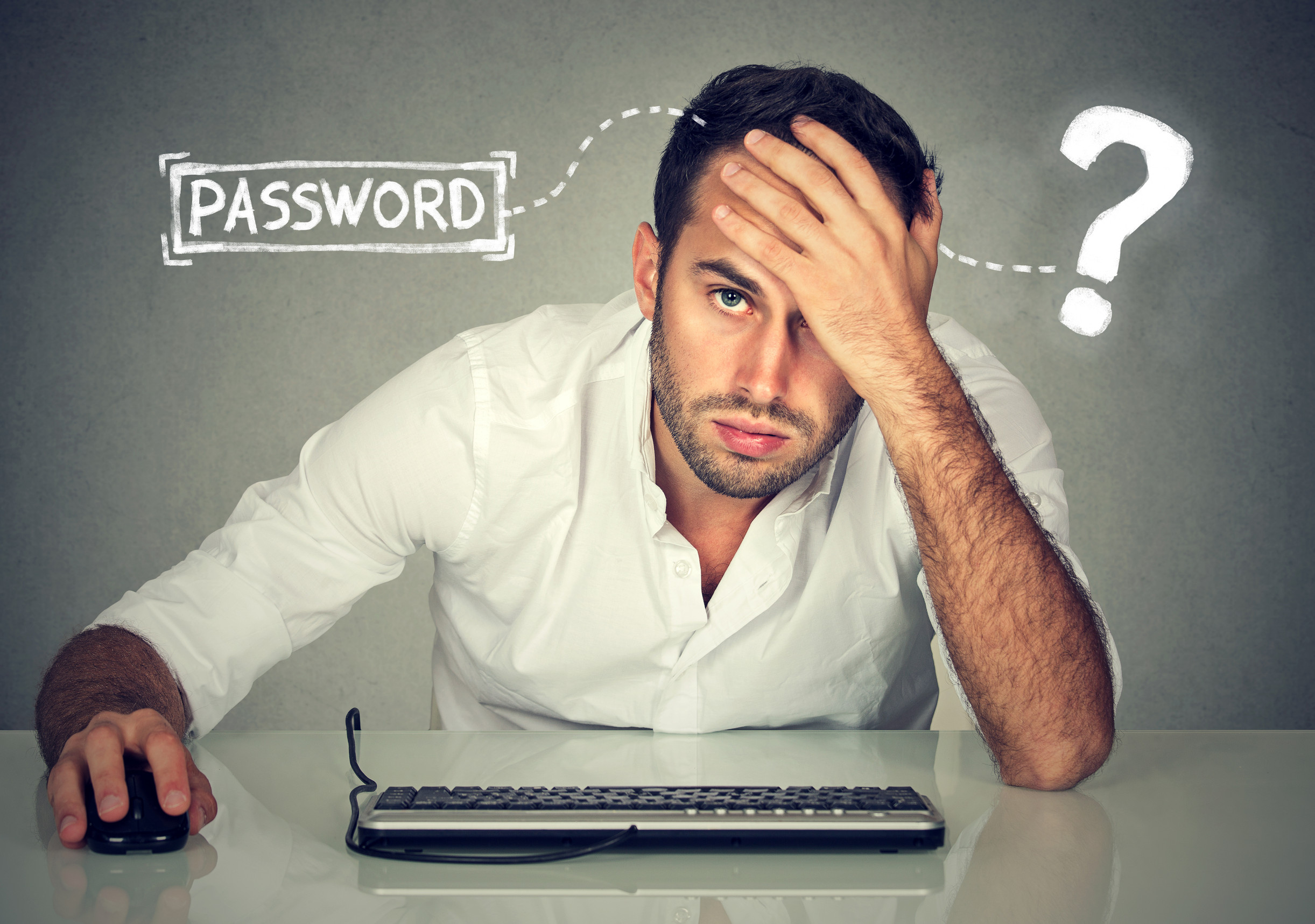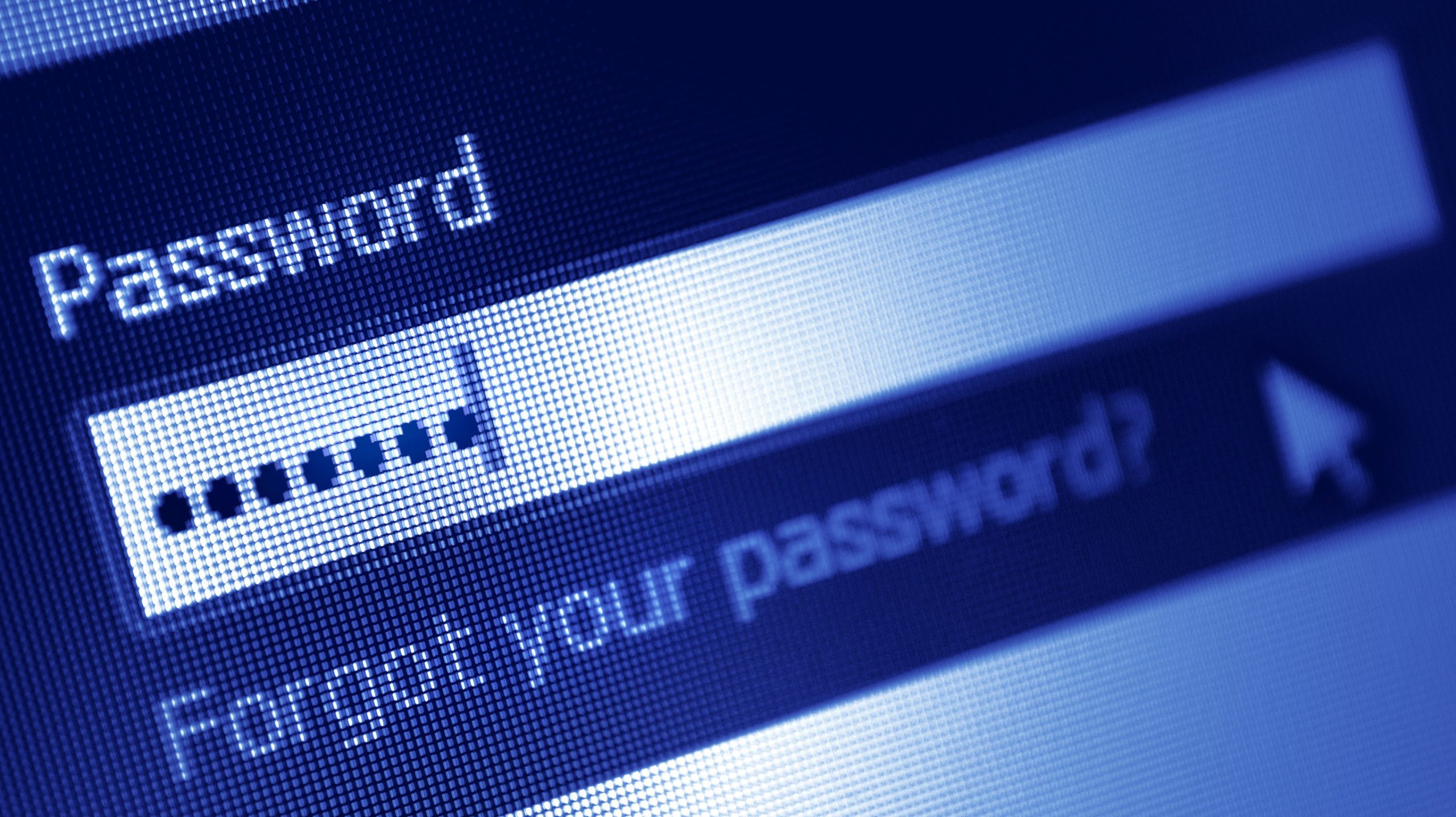In a world where passwords guard everything from personal bank accounts to streaming preferences, forgetting one can feel like getting locked out of your own digital life. That little “Forgot Password?” link offers a lifeline, promising a quick fix to the memory lapse. But the moments after clicking it are more critical than most people realize.
A wrong move can open the door to scams, data theft, or even permanent loss of access. It’s not just about resetting a password—it’s about doing it safely and smartly.
1. Use a Weak or Reused Password
Once the reset link arrives, it’s tempting to pick a password that’s easy to remember—or one already used on another site. But this is one of the most common and dangerous mistakes a person can make. Hackers count on password recycling to break into multiple accounts using just one stolen credential. A weak or reused password essentially hands them the keys to a broader part of someone’s digital world. Strong, unique passwords are the first line of defense against breaches.
2. Ignore the Email Sender or Link Destination
It’s easy to be in a rush when resetting a password but clicking a suspicious-looking email without verifying the sender can be a trap. Phishing attacks often imitate legitimate password reset requests, complete with convincing logos and language. Before clicking any link, it’s crucial to check the sender’s address and hover over the link to view the destination. If something looks even slightly off, it’s safer to navigate directly to the website and reset from there. Falling for a fake email can result in stolen credentials or malware installation.
3. Leave Your Old Password in Use Elsewhere
After resetting a password, many users forget to change it on other platforms where it’s been used. If the previous password was compromised, keeping it active anywhere else is a ticking time bomb. Cybercriminals often use bots to test stolen passwords across multiple services. Changing the password in just one place won’t stop a breach if it’s still active elsewhere. It’s a crucial part of damage control to assess where else the old password may be in use and update it accordingly.
4. Skip Two-Factor Authentication Setup
Many platforms offer two-factor authentication (2FA) right after a password reset, but not everyone takes advantage of it. Skipping this step leaves an account vulnerable, even with a strong new password in place. 2FA acts as an added layer of security, making it significantly harder for unauthorized users to gain access. If someone manages to guess or steal a password, they’ll still need the secondary verification. Enabling 2FA should be considered a standard part of any password reset process.
5. Store the New Password in Plain Text
Some people jot down their new password in a text file or email it to themselves for convenience. While this may seem harmless, it creates a major security risk. Any malware or unauthorized user on the device could easily locate the file and access sensitive accounts. Secure password managers exist for this very reason—to store credentials safely and accessibly. Keeping passwords in plain text is like leaving a house key under the doormat with a neon sign pointing to it.
6. Use Public Wi-Fi During the Reset Process
Resetting a password while connected to public Wi-Fi can be a recipe for disaster. These networks are often unsecured and can be easily intercepted by malicious actors. During a password reset, sensitive information is exchanged, making it an ideal moment for cybercriminals to strike. If a reset must be done on the go, using a VPN is a safer option. Otherwise, it’s always best to wait until a secure connection is available.
7. Forget to Log Out from Shared Devices
Resetting a password on a public or shared device and forgetting to log out leaves the door wide open for the next user. Even if the password itself is new, an active session might allow access to personal data. Many people assume that closing a browser is enough, but sessions can persist. It’s vital to fully log out and, if possible, clear the browser’s cache and history. Overlooking this step can lead to unintended access and potential misuse.
8. Ignore Notifications from the Service
After a password reset, the service often sends follow-up notifications about the change. Ignoring these messages can be a missed opportunity to catch signs of suspicious activity. If the reset wasn’t initiated by the account holder, these alerts serve as an early warning. It’s also a chance to review recent activity and double-check account security settings. Monitoring such communications can make the difference between swift action and long-term damage.
9. Fail to Update Saved Login Credentials
People frequently forget to update stored passwords in browsers or password managers after a reset. This leads to confusion and potential lockouts the next time they try to log in. Even worse, outdated credentials can auto-fill into phishing pages without the user realizing it. Ensuring all saved login information reflects the new password helps maintain a seamless and secure experience. It’s a small but essential step in the cleanup process after a reset.
10. Assume the Problem Is Resolved Permanently
Resetting a password often feels like the final step, but it should really be the beginning of a broader security check. A forgotten password might be innocent, or it could be a sign of unauthorized access. After the reset, reviewing account activity, checking security questions, and updating recovery methods are all smart practices. Trusting that everything is fine without verification can lead to missed warning signs. Taking a few extra minutes to perform a full audit ensures peace of mind and long-term safety.
Protect Your Password, Protect YOU
Resetting a password may seem routine, but it holds the power to secure—or expose—one’s entire digital identity. Every action taken after clicking “Forgot Password” matters more than most people realize. Avoiding these common mistakes helps ensure that a simple recovery process doesn’t spiral into a security nightmare. Digital security starts with awareness and the willingness to follow through with safe habits.
What’s one password reset mistake you’ve seen—or made—that others should avoid? Let us know below!
Read More
6 Ways Criminals Are Using Crypto—and Getting Away With It
6 Reasons Your Old Home Windows Are A Security Risk


